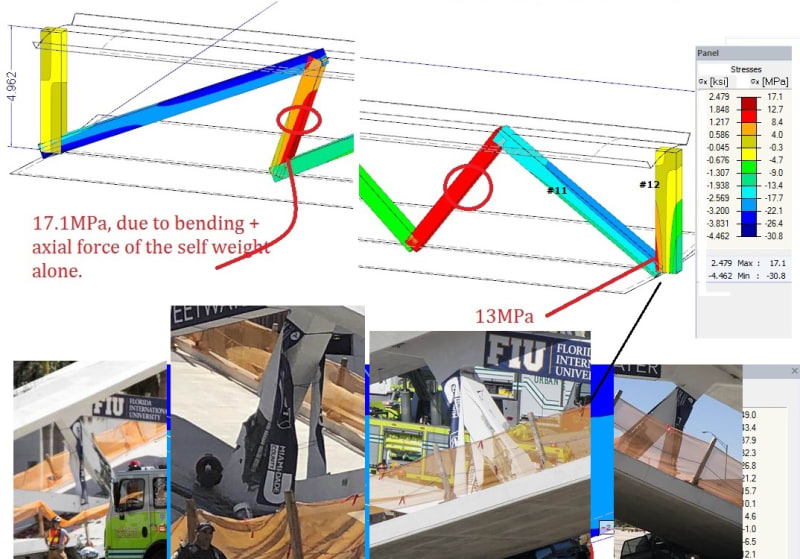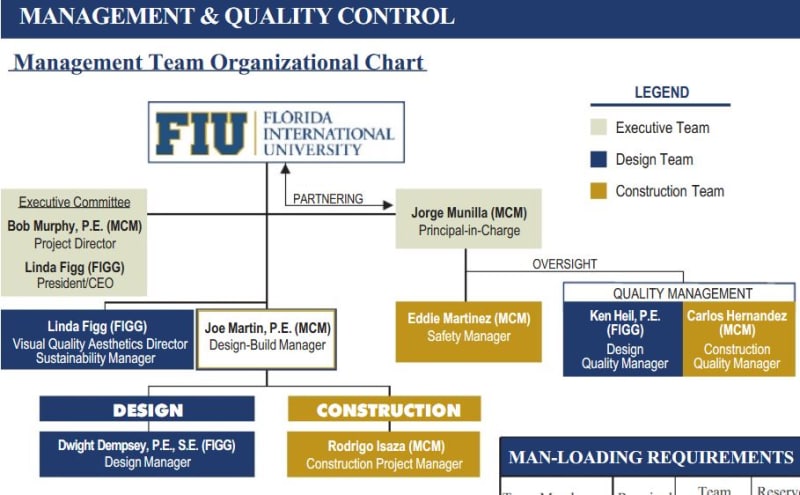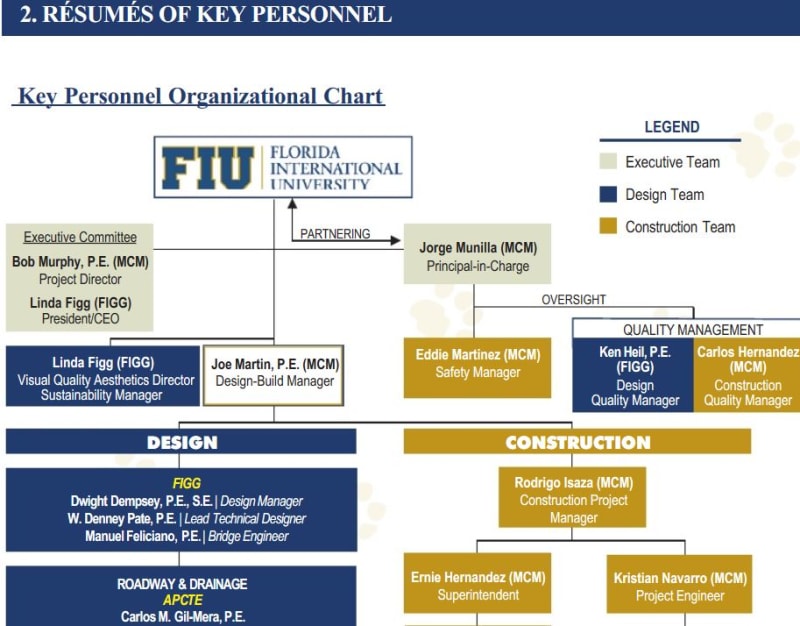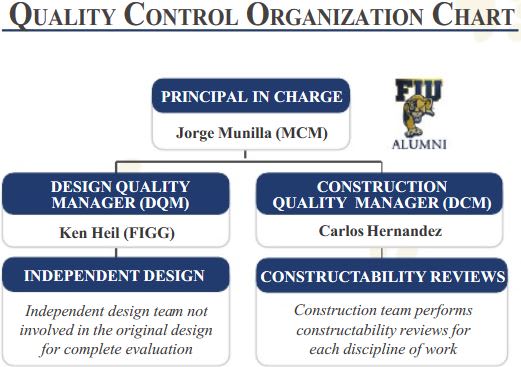Big Dig was the black hole granddaddy of all public works projects that formed over the northeast seaboard 1992-2007 (for the youngsters here). Everything associated with it was ground breaking, new technology on a scale never done before. You can read about it from many sources, maybe in your text books by now. Here is just one
Probably some of the folks on here worked on the project, something for everybody including engineering the widest cable-stayed bridge in the world, at the time.
Excerpt:
Boston’s Central Artery/Tunnel Project, commonly known as the Big Dig, was the largest, most complex, and most technically challenging highway project in American history. Larger than the Panama Canal, the Hoover Dam, and the Alaska Pipeline projects, it was built through the heart of one of the nation’s oldest cities. Its list of engineering firsts include the deepest underwater connection and the largest slurry-wall application in North America, unprecedented ground freezing, extensive deep-soil mixing programs to stabilize Boston’s soils, the world’s widest cable-stayed bridge, and the largest tunnel-ventilation system in the world.
One of the photographs in the reference shows the flat roof of the 10 lane tunnel ceiling, also a photo of the big Bunker Hill Cable-Stayed bridge.
Epoxybot do you know if they went back and replaced all the adhesive anchors on the ceiling panels or what?




